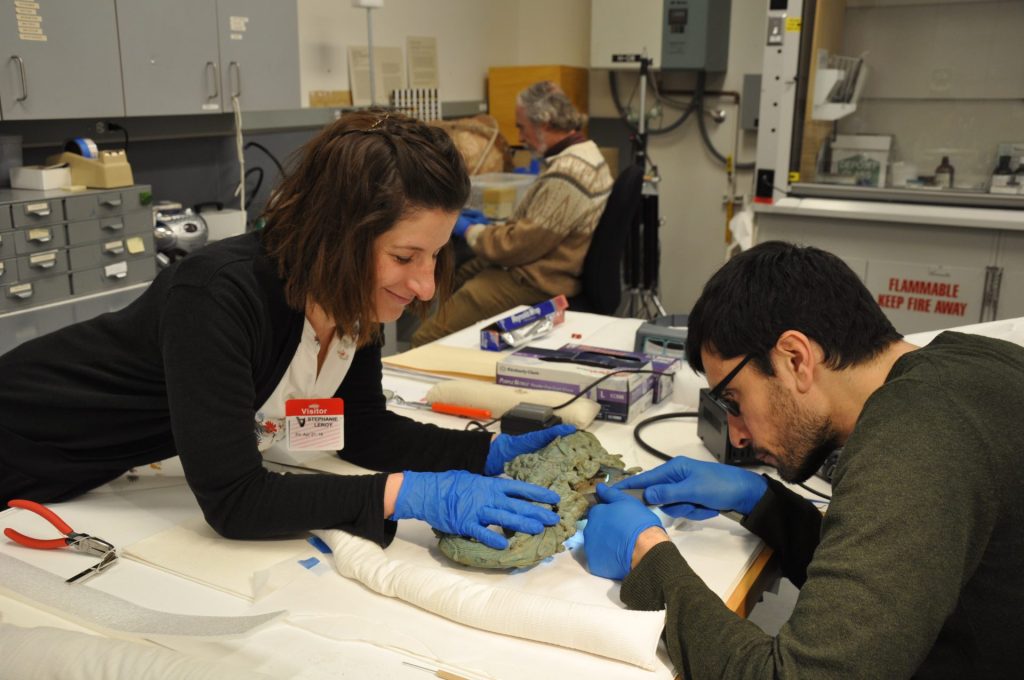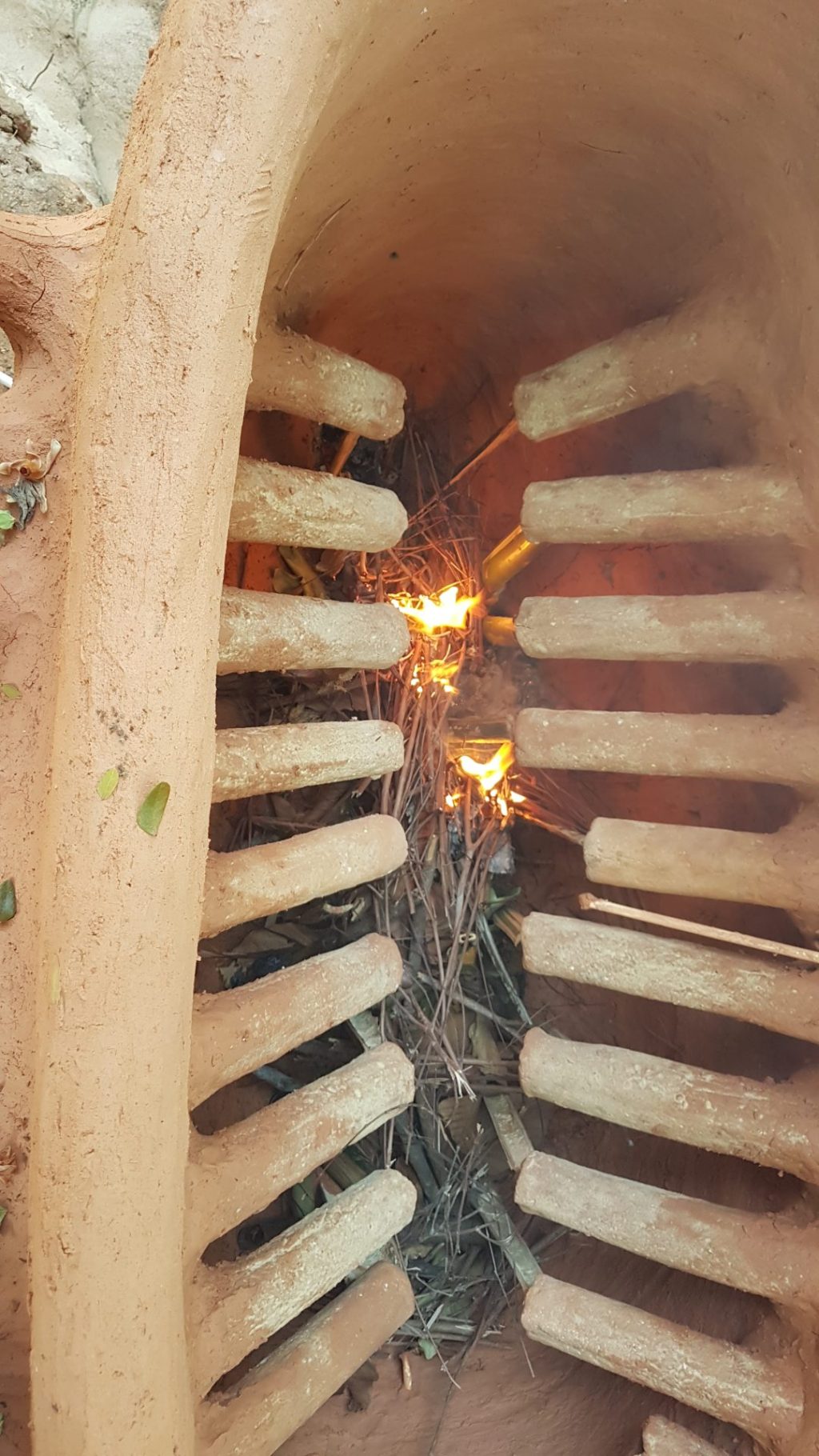Iron and Angkor : an integrated, multidisciplinary approach to evaluate the role of iron (production, trade, consumption) in the expansion of the Khmer Empire, Cambodia (9th to 15th c. CE) – Dir. Stéphanie Leroy

Presentation
The Khmer Empire, based at the UNESCO World Heritage site of Angkor in Cambodia, rapidly extended their political influence across mainland Southeast Asia between the 11th and 13th c. AD. Traditionally, Angkor’s power base is attributed to an elaborate bureaucratic system, regional centres, and road system, however the actual mechanisms that facilitated the sudden expansion remain obscure. Lack of key resources (metals, stone, forest products) around the capital suggests this network provided materials necessary to enable agricultural output, supply of armies, construct temples and hydraulic facilities, and trade with foreign nations. Given the massive scale of Angkor’s accomplishments a corresponding increase in industrial-scale activities should be witnessed in raw material collection, refining, distribution and use across the landscape. Iron, with its dynamic technological characteristics and universal utility, is viewed as an ideal – and currently undocumented – medium to investigate these empire-building processes for the medieval Khmer. Since Angkor lacks any viable sources of iron ore the implication is that the Khmer elite relied on its surrounding territories to provide this important commodity.
IRANGKOR is the first intensive study of Khmer iron production with the explicit goal of shedding new light on the broader exchange system and, more indirectly, how it enabled their political dominance over Cambodia, Thailand and southern Laos. To reach these large-scale objectives the project will focus on two major interrelated research questions: is there an evolution of the organization of iron production, distribution and use throughout the period of Khmer expansion and decline of Angkor in the 14th and 15th centuries? What role did regional centers and roadways play in facilitating movement, aggregation and distribution of iron resources? Answers to these questions will be sought through a combination of archaeological, archaeometallurgical, technological, chronological and sourcing investigations of two known production zones (central Cambodia, northeast Thailand) and three different artifact classes (architectural crampons, armatures, tools and weapons) associated with various socio-cultural contexts and with wide temporal and spatial distribution within the khmer empire. Patterns from evidences of source (ores), production (waste materials) and consumption (objects) will be modeled using an innovative and comprehensive Bayesian framework to reconstruct the spatial, diachronic and synchronic organization of the iron exchange system within Southeast Asia between the 9th c. to the 15th centuries.
These results will provide direct insight into the functioning and complex interaction of cultural and technological variables within the Angkorian production-distribution network, and, may provide new perspectives on the long-standing, inscriptions-based operational characteristics of the Khmer Empire. Combined with major methodological breakthroughs, this project will establish a benchmark for ferrous metal research in Southeast Asia and generate models for the study of comparable industries (ceramics, bronze metallurgy).
Main partners
- Institut de Recherche sur les ArchéoMATériaux (IRAMAT) LAPA/CRPAA
- University of Illinois Chicago (UIC)) – INDAP Project (Coord. M. Hendrickson)
- Ecole Française d’Extrême-Orient (EFEO)
- Institut Français d’Archéologie Orientale (IFAO)
- Système Interdisciplinaire sur les Systèmes Moléculaires et les Matériaux (SIS2M) LAPA
- Laboratoire de Mesure du carbone 14 (LMC14)
Collaborators
- Institut National de Recherches Archéologiques Préventives (INRAP) Global Heritage Fund (GHF)
- University of Sydney (USyd)
- Archaeology and Development Fundation (ADF – Phnom Kulen Program)
- Ministry of Culture and Fine Arts (MCFA)
- Fonds mondial pour les monuments (World Monuments Fund, WMF) Ironing the Wrinkles in the History of Angkor’s Metal Industries






